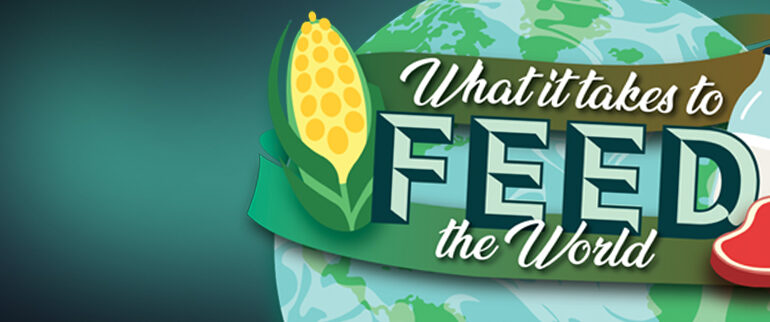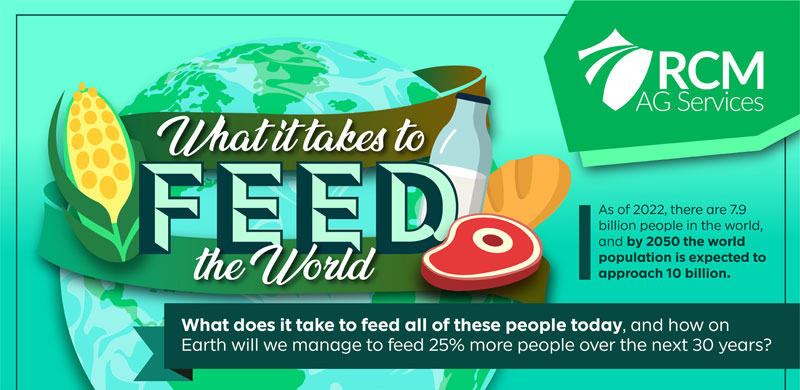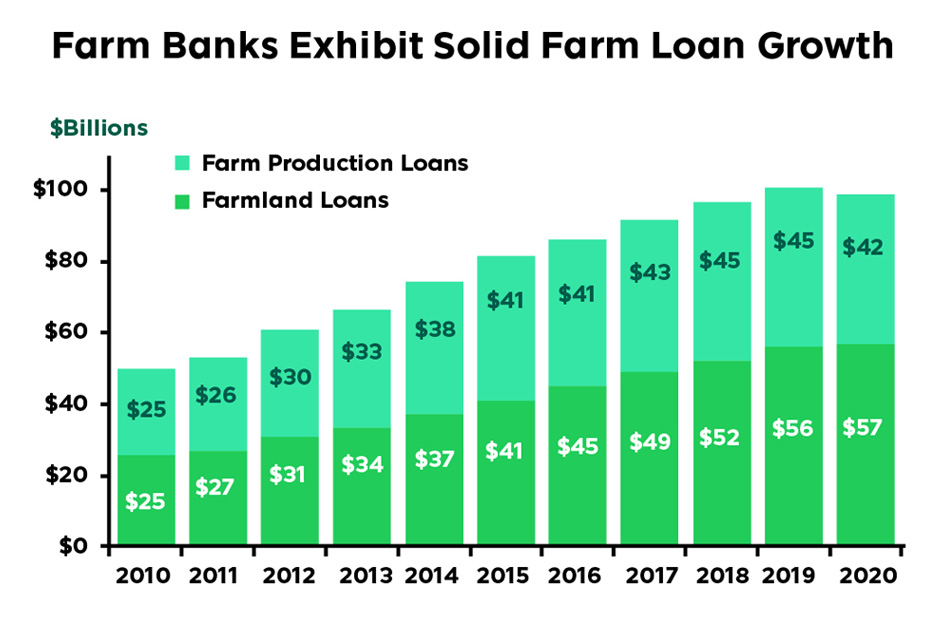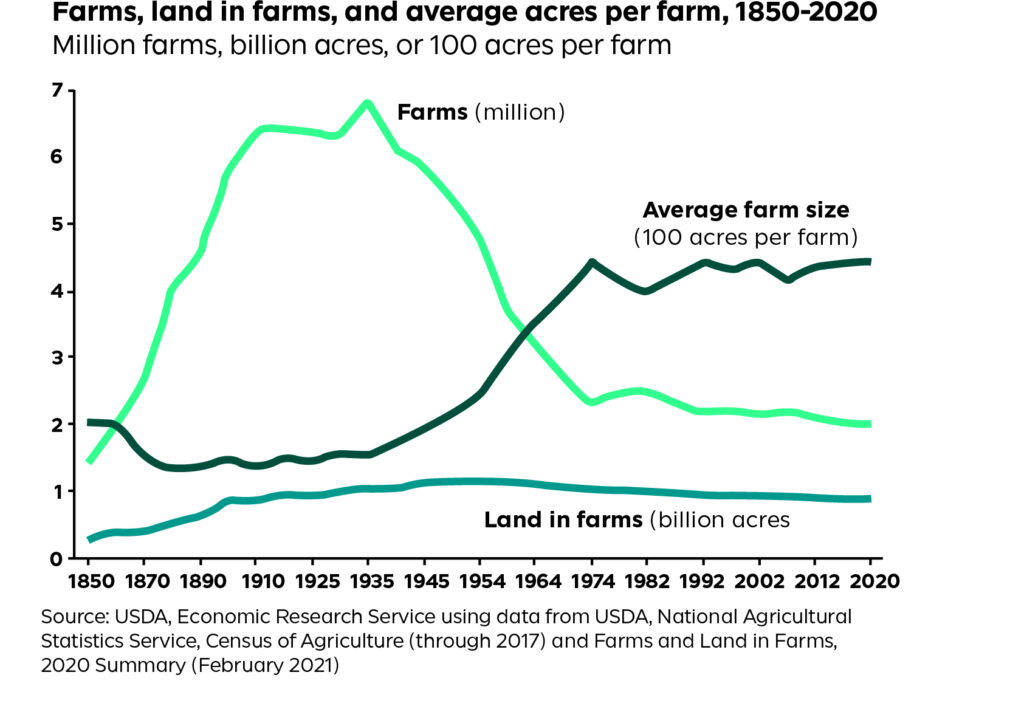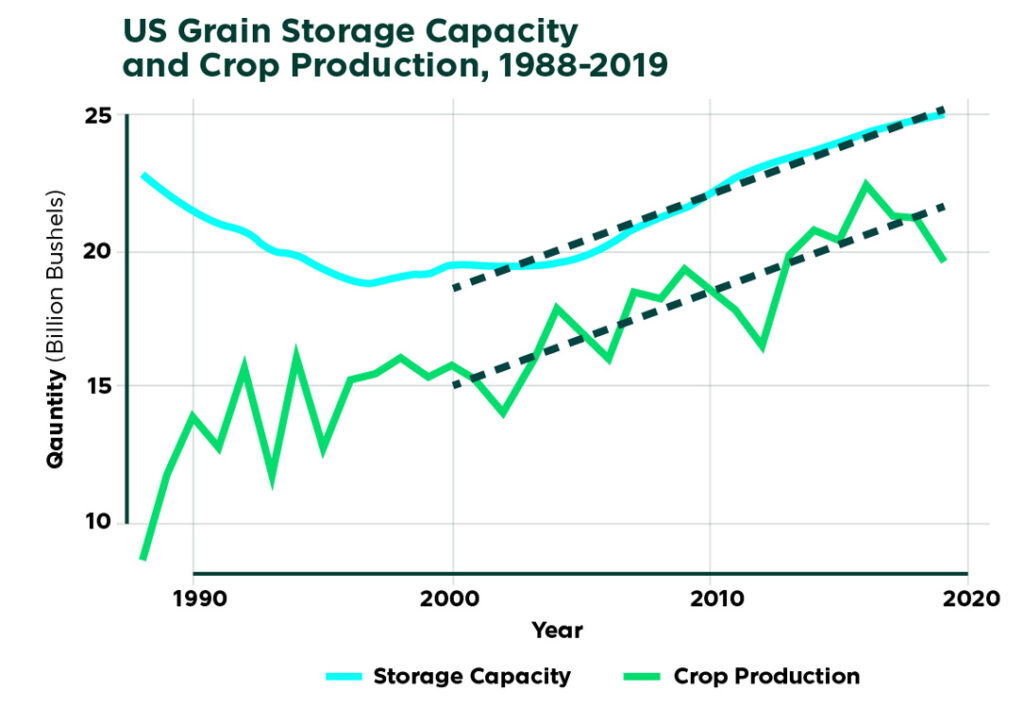According to estimates compiled by the Food and Agriculture Organization (FAO), by 2050, farmers worldwide will need to produce 60 percent more food to feed the growing population, which is expected to hit roughly 10 million. We talk more about that in our What It Takes To Feed the World Infographic, but to grow more food, it’s essential to look into where food production begins, and that starts with seeds and chemicals.
The seed and chemicals that create the crops come from various companies and countries (including Russia). Input prices have been the talk of late, with prices, inflation, and supply chain issues impacting the industry. Seed and chemical economies are not much different from other parts of the global economy. Some countries are the leading global supplier of components in the industry, think China with chips for the automotive industry.
How do seeds and chemicals help feed the world, and what are some of the benefits of this stage in the food production cycle? We’ll discuss the answers to these questions and more below.
Seeding The Ag Industry
Large players like Bayer (Monsanto) and BASF in Germany, Corteva in the U.S., and Syngenta in China play a significant role in the international seed trade. While these major players contribute significantly to seeding the globe, many other cutting-edge companies support the producers and distribute their seed and chemicals through local Co-Ops or companies like Helena Agribusiness.
The global commercial seed market is estimated to be valued at $63 billion in 2021 and is expected to grow with a CAGR of 6.6% through 2026, based on HNY Research. With the increasing cost of R&D and advancements in farming, it is easy to see how this industry will keep growing.
Thanks to a growing population and acceleration of global wealth, the demand for higher protein diets will continue to rise, putting even greater pressure on the production side of the equation. Historically, the majority of grain produced is utilized for animal feed.
However, with emerging market countries like India and Nigeria requiring more nutrition, there is even more push for plant-based proteins. This only means one thing for seed and chemical companies – it’s time for scientists to get to work!
Genetically modified seeds currently are slightly less than half the market, but many experts see the growth potential as exponential in the years ahead. While the “non-GMO” crowd has seemingly gotten more prominent in recent years, it is crucial to take note of the benefits of GMO seeds, such as resistance to insects and tolerance to herbicides. No matter which side of the fence you are on, GMO seeds continued development and use will be critical moving forward.
A Closer Look Into Chemical and Fertilizer
At a high level, the chemical and fertilizers used in the ag sector range from pesticides, weed killers, and fertilizers used to help boost yield.
Like seeds, chemicals and fertilizers come from many different companies and from all over the world. Some of the pivotal companies in the global supply of fertilizer are Nutrien out of Canada, Wesfarmers out of Australia, and Mosaic and C.F. out of the U.S. While these companies are substantial fertilizer companies, China and Russia are also major players in chemicals needed by farmers.
The global chemical production side has come to light during recent weeks following sanctions being placed on Russia and Belarus (Russia’s close ally). As it turns out, 40% of the global exports of potash (Canada is #1) last year was provided to global farmers from these countries, read more about that here. The estimated effect is continued rising pressure on prices; perhaps, to the tune of an additional 12% on top of the 17% increase last year.
China has historically been a critical urea, sulfate, and phosphate supplier. While the U.S. is not China’s only buyer of these products, it is essential to note that all fertilizer and chemical prices have been raised due to China lowering exports. With the war now a problem and supply chain issues on top of it, we are likely to see elevated prices for the foreseeable future.
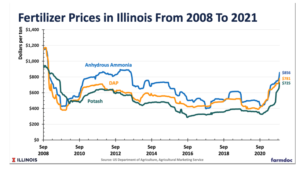
Like GMO vs. non-GMO seeds, the chemicals and fertilizers used to raise yields will need to continue to advance to keep up with global food demand. While we need to be mindful and use these in sustainable ways, it is essential to note that we must grow more one way or the other.
In our podcast with Dr. Chana Prakash, we discuss what will be necessary moving forward to continue to farm for a sustainable future with a growing population; you can view that here:
All in, the seed and chemical components of the industry are what feed the world. Whether the crop is used for feed, meals, or even ethanol that goes into gasoline, with a growing population, it will continue to be essential to produce more as we face challenges with changing weather patterns, global warming, and now increased international conflict.
But before you go…
Did you know that by 2050, the world is expected to feed almost 2 billion more people than we do today? As the global population continuously rises, a significant amount of food will need to be produced over the next 30 years. Check out our latest infographic here.
CONTACT AN AG SPECIALIST TODAY
Whether you’re a producer, end-user, commercial operator, RCM AG Services helps protect revenues and control costs through its suite of hedging tools and network of buyers/sellers — Contact us today to speak with an ag specialist at 888-875-2110!

